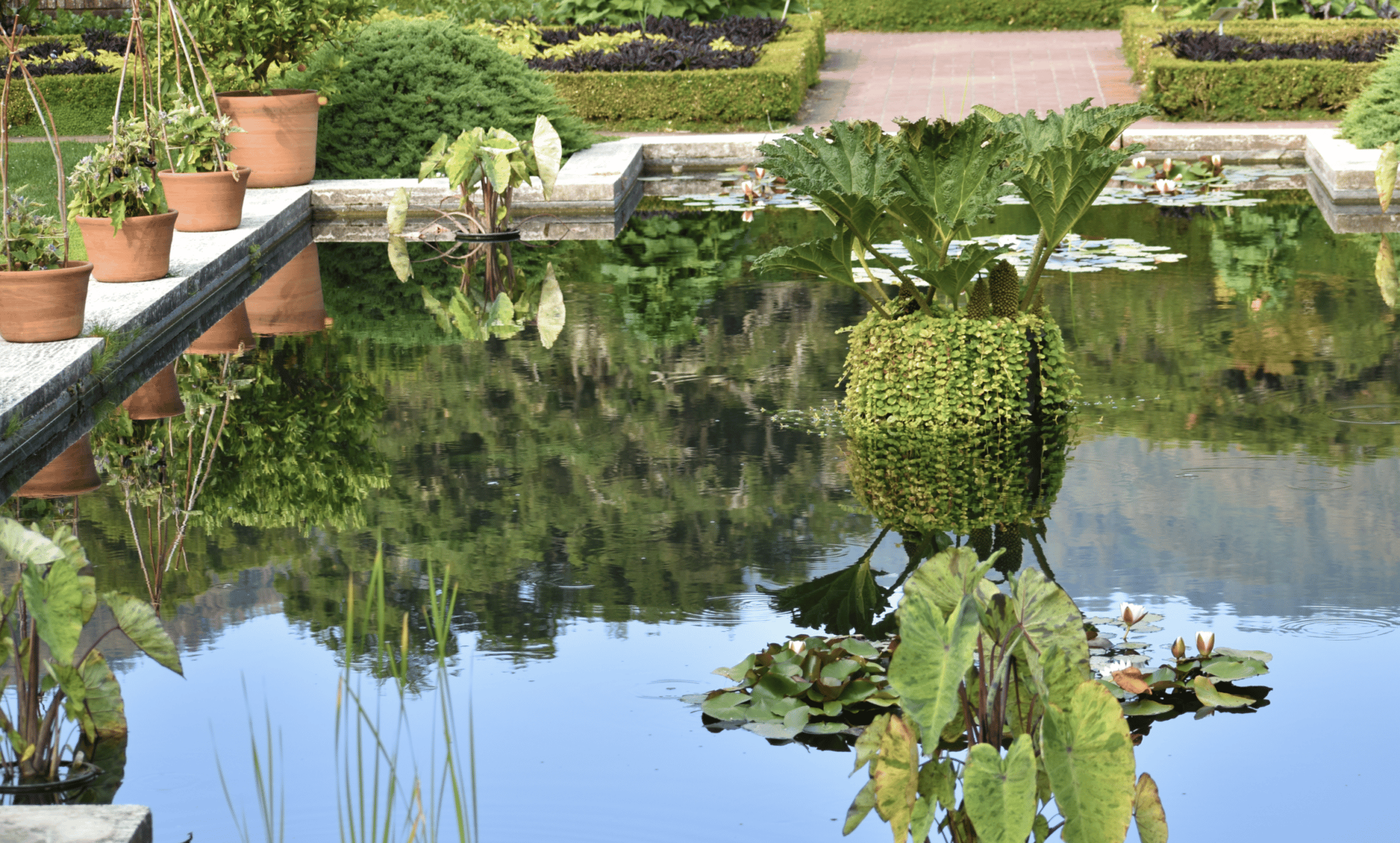How is Filoli Addressing the Drought?

From Chief Operations Officer Alex Fernandez
Filoli’s plant palette was inspired and informed by European formal gardens. The Garden was filled with lush, water-intensive lawns and plantings that flourish in the damp coastal or humid interior of Europe but require considerably more water than is available naturally in California’s Mediterranean climate. Additionally, as American ornamental horticulturists were introduced to new imports from Asia, many new plantings were added to the Filoli Garden with little regard for water consumption. The result is a beautiful garden with an incredible variety of plantings that require significant water inputs.
Water management has been a concern at Filoli from the very beginning. The search for water and development of water infrastructure led to the tapping of natural springs, the building of a reservoir, development of wells, and finally purchasing water from the San Francisco Public Utilities Commission. Today, Filoli pays for water pumped directly from the Pulgas Water Temple. It is used for all domestic purposes as well as garden watering. We also utilize three wells located on the property to supplement water for the Garden.
Watering the Garden is accomplished by an extensive automatic irrigation system installed in 1989 with 21 irrigation controllers and over 300 individual zones. The system is monitored and maintained by the horticulture team to maximize efficiency and reduce waste.
Water management has shifted in recent years due to the intense and prolonged droughts California has experienced. Filoli horticulturalists have responded by integrating new irrigation technologies to reduce water use, striving for a more sustainable garden while reducing monthly water costs. Replacing typical spray nozzles with low flow nozzles and installing drip irrigation have the potential to reduce water use by as much as 30%. The horticulture team is also evaluating new smart controllers for their ability to save water through efficient, weather-dependent irrigation.
Ultimately, Filoli’s Garden will be considered water sustainable by today’s standards only if we evaluate the current plantings based on water consumption and consider a new plant palette that is in keeping with the original garden design while using less water. Droughts have forced our horticulturists to find appropriate drought tolerant replacements for lawns and display bed plantings. Though strides have been made, we have only just begun the process of developing a new, more sustainable plant palette. The challenge for today’s Filoli horticulturists is to meet our water sustainability goals while preserving the formal design and beauty that has inspired so many people over the years.
